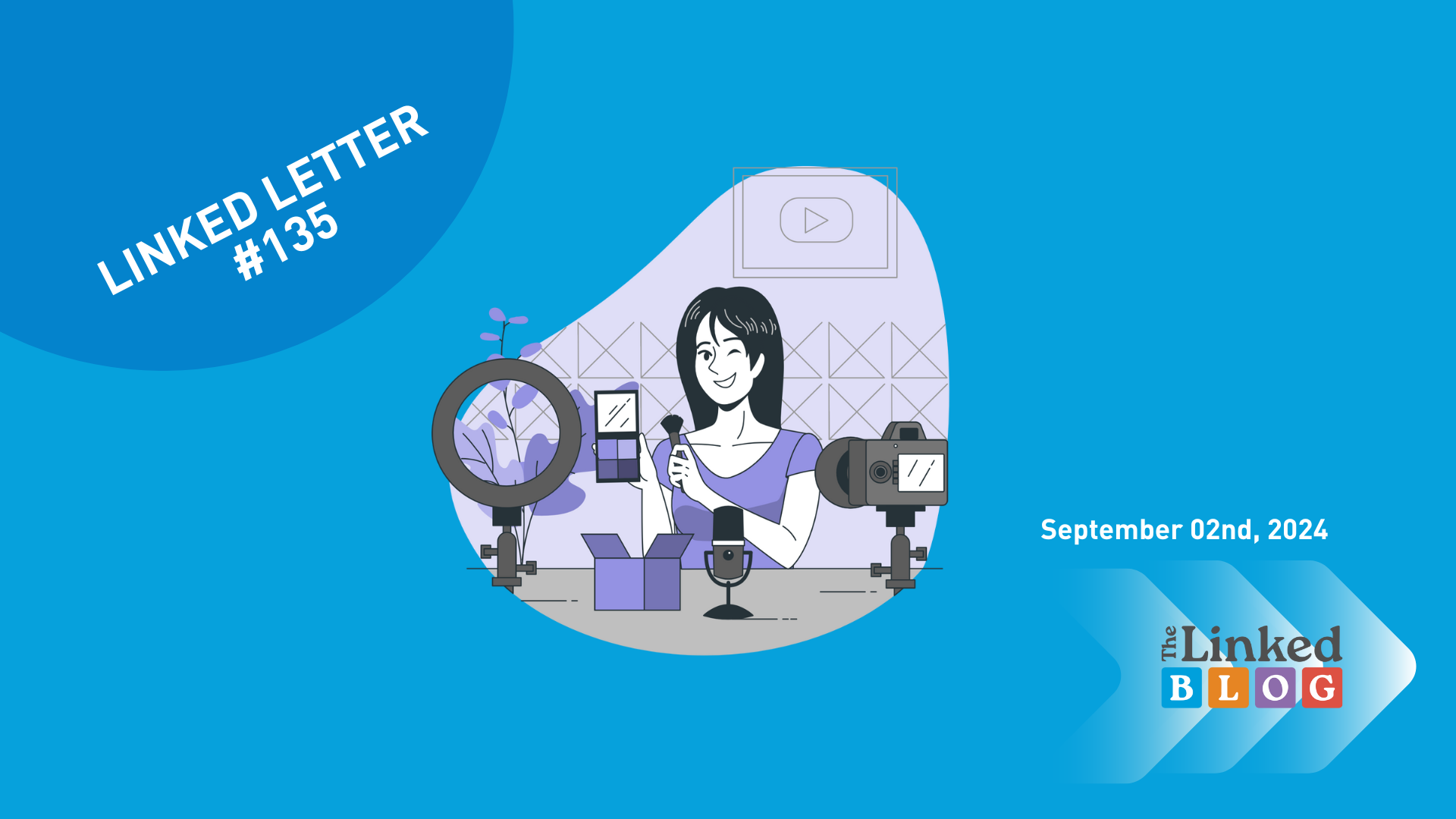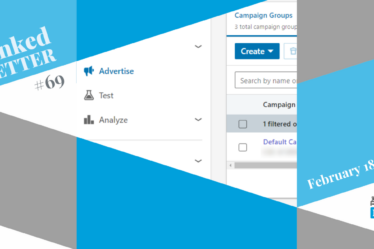
The platform is undergoing several notable transformations as it adapts to evolving trends and internal needs. The platform is intensifying its focus on video content by rolling out in-feed video carousels, aiming to engage users with dynamic, personalized video experiences. What other changes is the platform undergoing? Read the whole article to find out the answers of this question!
LinkedIn Introduces In-Feed Video Carousels
The social media is now expanding the focus on video content with the introduction of in-feed carousels that showcase video clips in a side-scrolling format. These video carousels are algorithmically tailored to each user, based on their in-app activity and profile details. When users tap on any of the displayed videos, they are taken to LinkedIn’s TikTok-like full-screen video feed, which presents the content in a vertical format. This feature, launched in March, is part of LinkedIn’s broader effort to keep up with evolving content trends and appeal to younger audiences who prefer video updates.

Source: SocialMediaToday
This strategy is LinkedIn’s way of promoting its rapidly growing library of user-generated video content. Video has become the platform’s fastest-growing content type, with a significant 34% year-over-year increase in video uploads. LinkedIn recently reported that 1.5 million pieces of content are now being uploaded to the app every minute, with video playing a central role in this surge.
Despite this growth, there’s some debate about the effectiveness of TikTok-style, short-form videos on LinkedIn. Similar to the previously attempted Stories feature, this snackable content format may not fully align with the professional engagement that LinkedIn users typically seek. While video engagement on LinkedIn is rising, the question remains whether these short-form videos will resonate with the platform’s audience.
LinkedIn has appointed former Twitter security chief Lea Kissner as its new Chief Information Security Officer (CISO)
LinkedIn has appointed Lea Kissner, the former Twitter security chief, as its new Chief Information Security Officer (CISO). Kissner, who exited Twitter following Elon Musk’s acquisition, will now be responsible for overseeing LinkedIn’s security and privacy strategy, with a focus on safeguarding the data of its members and customers. This appointment comes as Geoff Belknap, LinkedIn’s previous CISO, transitions into a new leadership role at Microsoft, which owns LinkedIn.

Source: SecurityWeek Network
In a LinkedIn post announcing her new role, Kissner expressed enthusiasm about joining LinkedIn, stating:
“As a heavy LinkedIn user, I know that what we do here matters, and I take that responsibility seriously. I’m an engineer (and cryptographer) by training, and I believe that great security not only protects us but also makes our systems work better and more robustly.”
“Uncertainty” Prompts LinkedIn to Switch From CentOS to Azure Linux
LinkedIn is making a significant transition from CentOS to Azure Linux, driven by the need to adapt to CentOS 7’s end-of-life and align with Microsoft’s broader strategy of using its own products. This change, outlined in a LinkedIn Engineering blog post by Ievgen Priadka, reflects a major internal engineering effort to migrate most of LinkedIn’s infrastructure to Azure Linux, which evolved from Microsoft’s previous internal distro, CBL-Mariner. The move is part of a broader initiative to ensure stronger vendor support and better alignment with Microsoft’s ecosystem.

Source: FOSSBYTES
The transition has involved addressing several technical challenges, such as adding XFS support, developing deployment tools, and managing kernel signing requirements, especially with Nvidia hardware in use. While LinkedIn has a complex, multi-vendor technology stack, this migration signifies a step towards greater consistency and control over its infrastructure. Interestingly, despite the scale of this shift, LinkedIn has opted not to add a GUI to Azure Linux, instead connecting local IDEs to remote Azure Linux VMs for development tasks.
Microsoft’s decision to transition LinkedIn’s systems to Azure Linux reflects its long-standing practice of “eating its own dog food,” where the company uses its products internally to enhance their capabilities. This approach, though costly and challenging, is expected to lead to significant improvements in Azure Linux and its overall ecosystem. As Azure Linux continues to mature, this migration could pave the way for more robust features and better integration within Microsoft’s cloud platform.
Did you find this article useful? We have many more for you on our website: thelinkedblog.com. Don’t miss to check them out too!



